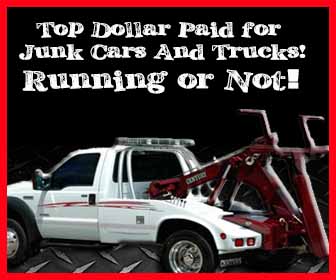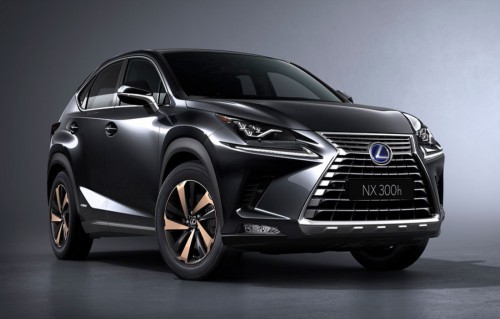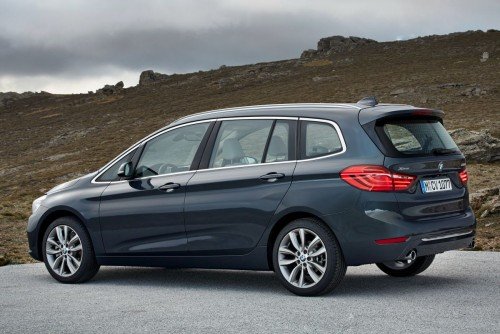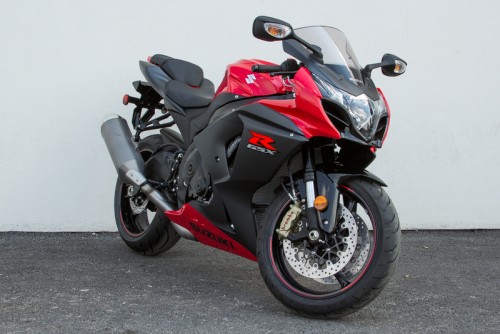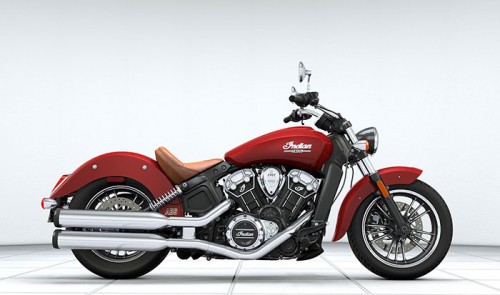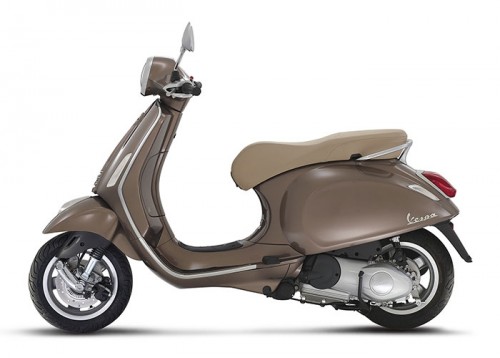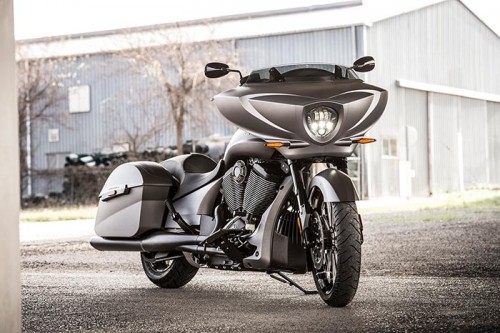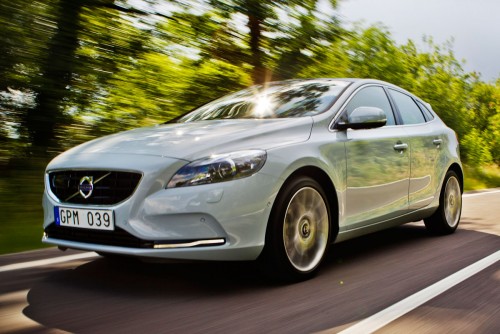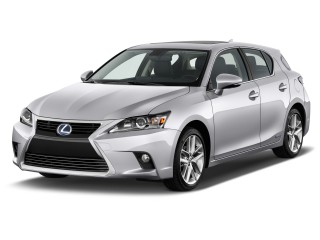About Nissan
History[edit]
Beginnings of Datsun name from 1914
Masujiro Hashimoto founded the Kwaishinsha Motor Car Works in 1911. In 1914, the company produced its first car, called DAT.
The new car's name was an acronym of the company's investors' family names:
Kenjiro Den (田 健次郎 Den Kenjirō?)
Rokuro Aoyama (青山 禄郎 Aoyama Rokurō?)
Meitaro Takeuchi (竹内 明太郎 Takeuchi Meitarō?)
It was renamed to Kwaishinsha Motorcar Co., Ltd. in 1918, and again to DAT Jidosha & Co., Ltd. (DAT Motorcar Co.) in 1925. DAT Motors built trucks in addition to the DAT and Datsun passenger cars. The vast majority of its output were trucks, due to an almost non- existent consumer market for passenger cars at the time. Beginning in 1918, the first DAT trucks were produced for the military market. At the same time, Jitsuyo Jidosha Co., Ltd. produced small trucks using parts, and materials imported from the United States.
In 1926 the Tokyo-based DAT Motors merged with the Osaka-based Jitsuyo Jidosha Co., Ltd. (実用自 動車製造株式会社 Jitsuyō Jidōsha Seizō Kabushiki-Gaisha?) a.k.a. Jitsuyo Jidosha Seizo (established 1919, as a Kubota subsidiary) to become DAT Jidosha Seizo Co., Ltd Automobile Manufacturing Co., Ltd. (ダット自動車製造株式会社 DAT Jidōsha Seizō Kabushiki-Gaisha?) in Osaka until 1932. From 1923 to 1925, the company produced light cars and trucks under the name of Lila.
In 1931, DAT came out with a new smaller car, the first "Datson", meaning "Son of DAT". Later in 1933 after Nissan took control of DAT Motors, the last syllable of Datson was changed to "sun", because "son" also means "loss" (損) in Japanese, hence the name "Datsun" (ダットサン Dattosan?).
In 1933, the company name was Nipponized to Jidosha-Seizo Co., Ltd. ( 自動車製造株式会社 Jidōsha Seizō Kabushiki-Gaisha?, "Automobile Manufacturing Co., Ltd.") and was moved to Yokohama.
Nissan's early American connection
DAT had inherited Kubota's chief designer, American engineer William R. Gorham. This, along with Aikawa's 1908 visit to Detroit, was to greatly affect Nissan's future.[10][19] Although it had always been Aikawa's intention to use cutting-edge auto making technology from America, it was Gorham that carried out the plan. Most of the machinery and processes originally came from the United States. When Nissan started to assemble larger vehicles under the “Nissan” brand in 1937, much of the design plans and plant facilities were supplied by the Graham-Paige Company. Nissan also had a Graham license under which passenger cars, buses and trucks were made.
Austin Motor Company
From 1934 Datsun began to build Austin Sevens under licence. This operation became the greatest success of Austin's overseas licensing of its Seven and marked the beginning of Datsun's international success.
In 1952, Nissan entered into a legal agreement with Austin, for Nissan to assemble 2,000 Austins from imported partially assembled sets and sell them in Japan under the Austin trademark. The agreement called for Nissan to make all Austin parts locally within three years, a goal Nissan met. Nissan produced and marketed Austins for seven years. The agreement also gave Nissan rights to use Austin patents, which Nissan used in developing its own engines for its Datsun line of cars. In 1953, British-built Austins were assembled and sold, but by 1955, the Austin A50 – completely built by Nissan and featuring a new 1489 cc engine—was on the market in Japan. Nissan produced 20,855 Austins from 1953 to 1959.
Nissan leveraged the Austin patents to further develop their own modern engine designs past what the Austin's A- and B-family designs offered. The apex of the Austin-derived engines was the new design A series engine in 1966. In 1967, Nissan introduced its new highly advanced four cylinder overhead cam (OHC) Nissan L engine, which while similar to Mercedes-Benz OHC designs was a totally new engine designed by Nissan. This engine powered the new Datsun 510, which gained Nissan respect in the worldwide sedan market. Then, in 1969 Nissan introduced the Datsun 240Z sports car which used a six-cylinder variation of the L series engine. The 240Z was an immediate sensation and lifted Nissan to world class status in the automobile market.
Miss Fairlady
To capitalize the renewed investment during 1964 Summer Olympics, Nissan established the gallery on the second and third floors of the San-ai building, located in Ginza, Tokyo. To attract visitors, Nissan started using beautiful female showroom attendants where Nissan held a competition to choose five candidates as the first class of Nissan Miss Fairladys, modeled after "Datsun Demonstrators" from the 1930s who introduced cars. The Fairlady name was used as a link to the popular Broadway play of the era. Miss Fairladys became the marketers of Datsun Fair Lady 1500.
In April 2008, 14 more Miss Fairlady candidates were added, for a total of 45 Nissan Miss Fairlady pageants (22 in Ginza, 8 in Sapporo, 7 in Nagoya, 7 in Fukuoka).
In April 2012, 7 more Miss Fairlady candidates were added, for a total of 48 Nissan Miss Fairlady pageants (26 in Ginza, 8 in Sapporo, 7 in Nagoya, 7 in Fukuoka).
In April 2013, 6 more Miss Fairlady candidates were added to Ginza showroom, for a total of 27 48th Ginza Nissan Miss Fairlady pageants.
Relationships with other car companies
Ford
Main article: Mercury Villager
From 1993 to 2002, Nissan partnered with Ford to market the Mercury Villager and the Nissan Quest. The two minivans were virtually identical aside from cosmetic differences. In 2002, Nissan and Ford announced the discontinuation of the arrangement.
Volkswagen
Main article: Volkswagen Santana
Nissan licensed the Volkswagen Santana. Production began 1984, at Nissan's Zama, Kanagawa. Production ended in May 1990.
Alfa Romeo
Main article: Alfa Romeo Arna
From 1983 to 1987, Nissan cooperated with Alfa Romeo to build the Arna.The goal was for Alfa to compete in the family hatchback market segment, and for Nissan to establish a foothold in the European market.After Alfa Romeo's takeover by Fiat, both the car and cooperation were discontinued.
General Motors
Main article: Nissan NV200
In 2013, GM announced its intentions to rebadge the Nissan NV200 commercial van as the 2015 model year Chevrolet City Express, to be introduced by end of 2014.
Leadership
Presidents and chief executive Officers of Nissan:
- 1933–1939 Yoshisuke Aikawa
- 1939–1942 Masasuke Murakami
- 1942–1944 Genshichi Asahara
- 1944–1945 Haruto Kudo
- 1945 Takeshi Murayama
- 1945–1947 Souji Yamamoto
- 1947–1951 Taichi Minoura
- 1951–1957 Genshichi Asahara
- 1957–1973 Katsuji Kawamata
- 1973–1977 Tadahiro Iwakoshi
- 1977–1985 Takashi Ishihara
- 1985–1992 Yutaka Kume
- 1992–1996 Yoshifume Tsuji
- 1996–2001 Yoshikazu Hanawa
- 2001–present Carlos Ghosn




 Home
Home






